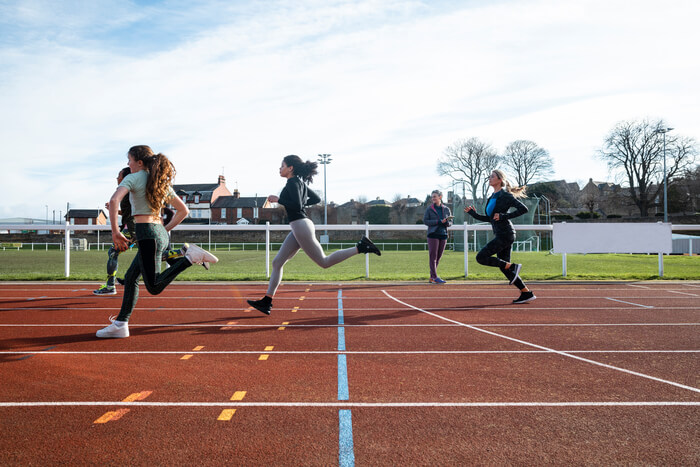Injury Prevention and Hydration Strategies for Student Athletes
 Heading back to school also means back to activities for many student athletes. There are a number of positive aspects of organized youth sports – from fun and friendship to focus and exercise. However, there’s also a greater risk of certain health issues, including injury and dehydration. With the right protections in place, there are ways to help students stay healthy this school year.
Heading back to school also means back to activities for many student athletes. There are a number of positive aspects of organized youth sports – from fun and friendship to focus and exercise. However, there’s also a greater risk of certain health issues, including injury and dehydration. With the right protections in place, there are ways to help students stay healthy this school year.
A focus on preventing injuries
Physical activities greatly impact growing bones and developing muscles, but not always in a good way. Adolescents are still learning about coordination and balance, which increases the risk of injury on top of the added pressure for the young athlete to succeed. While children may bounce back faster than adults, returning to practice too soon after an accident can lead to another sprain or break and even chronic pain in the future.
In order to prevent injury, consider the following strategies:
Proper Safety Equipment – Depending on the sport, headgear, pads and braces (or other appropriate gear) should be worn for added protection.
Practice Routines – Start warm-ups before the sport season for conditioning and continue before every practice session and competition.
Competition Expectations – Set attainable goals for all athletes to limit stress and burnout.
Rehabilitation Schedules – Help to prevent repeat injuries by giving the body enough time to heal and slowly increase the level of exertion.
Each strategy should be discussed with the athletes, parents and coaches so everyone is on the same page of the playbook.
Reducing the risk of dehydration
Hydration is another important factor that coaches, parents and athletes need to take seriously. Typically, if you’re thirsty, you’re already dehydrated. Then, once you become physically active, your body loses even more water through sweat and exhalations. This loss increases in warmer environments. Early signs of dehydration include:
- Extreme thirst
- Headaches
- Dry mouth and skin
- Dark urine
Drinking water should be enough to relieve mild symptoms. However, severe cases of dehydration can affect performance and lead to greater health risks, including:
- Confusion
- Fainting
- Rapid heartbeat
Once you’ve reached this stage, it’s crucial to seek medical attention. Drinking water may not sufficiently replenish your system. Extreme dehydration cases could require an intravenous drip for proper fluid replacement.
How to support student athlete health
Encourage all athletes to stay hydrated before, during and after training or competing. Water and low-calorie beverages are better options than sugary sport drinks. The amount of fluids needed depends on age, health conditions, weight, weather and amount of exercise.
Following these simple injury prevention and fluid replacement techniques can help keep students safe, healthy and hydrated as they head back to sports this school year. In the event of injury and severe dehydrations, contact your doctor or find emergency service options in your area.
